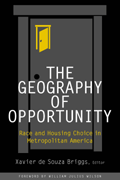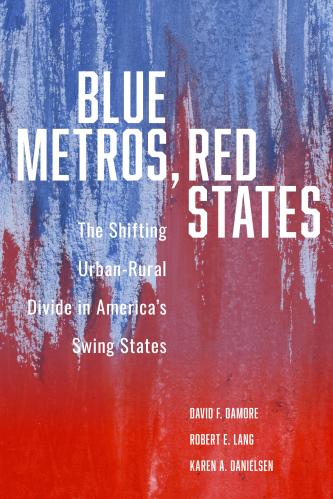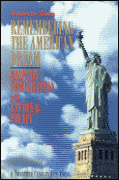Swift global integration, the rapid expansion of a global consumer class, and the rise of urban regions as the engines of global economic growth have ushered in a new era. The global economy no longer revolves around a handful of dominant states and their national urban centers. This fundamental shift has both challenged the United States with greater global competition but also offered the prospect of all U.S. metropolitan areas to benefiting from engaging in growing markets abroad.
Aware of the enormous untapped opportunities offered through trade and global engagement, many U.S. metropolitan leaders are abandoning their path dependent focus on the U.S. market by improving their region’s global fluency. Our new report, “The Ten Traits of Globally Fluent Metro Areas,” defines global fluency as the level of global understanding, competence, practice, and reach that a metro area exhibits to facilitate progress toward its desired economic future.
In this report, we specifically isolate the 10 key traits associated with cities that have achieved global success. Many of these traits align with the key inputs to economic competitiveness: distinct specializations, infrastructure, human capital and innovation, capital investment, and good governance to name a few. But the list begins with Leadership with a Worldview because having a broad worldview enables regional leaders to be intentional in evaluating and leveraging all their other traits.
Over the next 10 weeks, starting today, a Brookings expert will post a blog related to one of the ten traits, presented in sequential order. Together, these traits provide one framework for metropolitan leaders to gauge their global starting point. The 10 traits below have proven to be particularly strong determinants of a metro area’s ability to succeed in global markets, manage the negative consequences of globalization, and better secure its desired economic future. The most successful cities are those that have a long-term outlook and achieve some level of integration between many of the traits.
-
- Leadership with a Worldview – Local leadership networks with a global outlook have great potential for impact on the global fluency of a metro area.
-
- Legacy of Global Orientation – Due to their location, size, and history, certain cities were naturally oriented toward global interaction at an early stage, giving them a first mover advantage.
-
- Specializations with Global Reach – Cities often establish their initial global position through a distinct economic specialization, leveraging it as a platform for diversification.
-
- Adaptability to Global Dynamics – Cities that sustain their market positions are able to adjust to each new cycle of global change.
-
- Culture of Knowledge and Innovation – In an increasingly knowledge-driven world, positive development in the global economy requires high levels of human capital to generate new ideas, methods, products, and technologies.
-
- Opportunity and Appeal to the World – Metro areas that are appealing, open, and opportunity-rich serve as magnets for attracting people and firms from around the world.
-
- International Connectivity – Global relevance requires global reach that efficiently connects people and goods to international markets through well-designed, modern infrastructure.
-
- Ability to Secure Investment for Strategic Priorities – Attracting investment from a wide variety of domestic and international sources is decisive in enabling metro areas to effectively pursue new growth strategies.
-
- Government as Global Enabler – Federal, state, and local governments have unique and complementary roles to play in enabling firms and metro areas to “go global.”
-
- Compelling Global Identity – Cities must establish an appealing global identity and relevance in international markets not only to sell the city, but also to shape and build the region around a common purpose.










Commentary
Global Cities: Introducing the 10 Traits of Globally Fluent Metro Areas
June 24, 2013